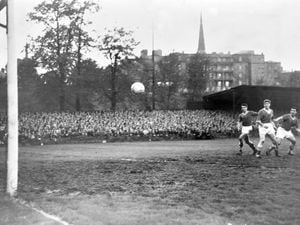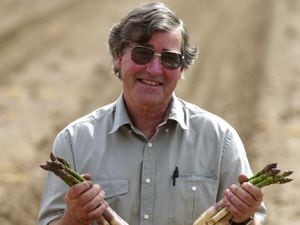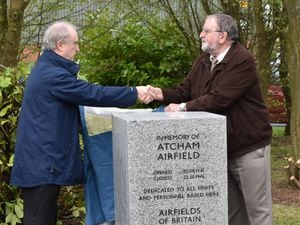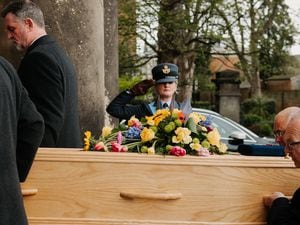How long-extinct Great Auk went from Shropshire to Harvard
What happened to Peplow's Great Auk?
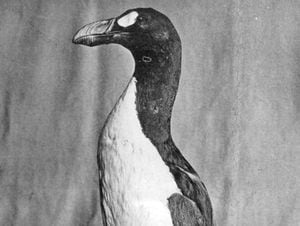
A rare stuffed example of this long extinct bird was once part of a private collection at Peplow Hall which comprised British birds and eggs, mammals, heads, moths and butterflies, fossils and so on, along with various other items.
And a star must surely have been that Great Auk, a flightless bird which was hunted to extinction in the 1840s.
Now, thanks to Gareth Williams, who is curator and head of learning to the Weston Park Foundation, we can reveal that Shropshire's Great Auk took wing across the Atlantic, to become part of a collection in America. Assuming it is still there – and we haven't been able to confirm that – it is one of only about 80 stuffed specimens of the bird worldwide.
Gareth, who is writing a book about Shropshire's country houses, said the museum at Peplow had originally been at Hawkstone Park.
Cared for
"It had been largely put together by the 2nd Viscount Hill with assistance from the great ornithologist John Gould. I know that the auk from the collection was sold separately and is now at Harvard.
"I suppose that the auk would have been one of the major trophies of the collection.
"Inevitably with stuffed things – as I know from the small collection here – they need looking after and the Hawkstone collection, having been looked after by Harry Shaw from High Street, Shrewsbury, who cured Darwin’s specimen skins when he came back from the Beagle, seems to have been cared for by Rowland Ward, a taxidermist who is now best known for preserving big game trophies.
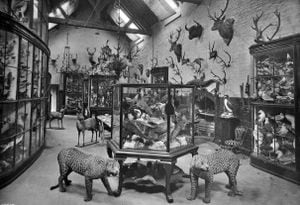
"Ward brokered a sale for the auk to John Eliot Thayer, a Bostonian ornithologist, and he, on his death in 1928, left it along with the rest of his collection to the Museum of Comparative Zoology, which is a part of Harvard University."
The Museum of Comparative Zoology is a private centre for research and education focused on the comparative relationships of animal life.
The MCZ houses millions of specimens but whether "Shropshire's" Great Auk is still there, we don't know – we've emailed the MCZ to ask if it is, but have had no response.
Gareth says: "I haven’t followed it up with Harvard to determine the auk’s accession number, but one of the cultural tour guests that we have previously had staying at Weston Park was Harvard alumni and, curiously, he knew about the Hawkstone provenance.
"I then researched back and was able to find an article about Thayer initially acquiring the auk."
Sold
That article by John Thayer was titled "The Purchase of a Great Auk for the Thayer Museum at Lancaster, Massachusetts."
It read: "This specimen was bought for Viscount Hill's Hawkstone collection in 1838 from Gould, the Naturalist, and was first mentioned by the late Mr. R. Champley of Scarborough in the 'Annals and Magazines of Natural History,' I864, Vol. XIV, page 235.
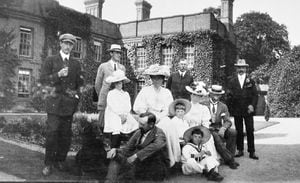
"The Hawkstone collection was sold to Mr Beville Stanier, who has a collection of birds of his District.
"A Great Auk not consistently belonging to a local collection, he decided to sell it and it was purchased through Rowland Ward of London for the Thayer Museum.
"The following is taken from the Hawkstone catalogue: 'This Bird was re-set up by H. Shaw in I867, and is supposed to be the best specimen in existence.'"
So, based on the information in the article, it was Beville Stanier who sold the Great Auk to America, although whether he had kept it long enough to put on display as part of his collection at Peplow is not clear.
Gareth says it would be interesting to know if the Great Auk mentioned by Weston's ex-Harvard visitor is still in the Harvard collection.
"The guest was of a certain age and I would guess that he was a student in the 1950s. The 1960s and 1970s were of course one of the worst periods for discarding and destroying taxidermy."
As to where the rest of the Peplow collection went, a picture of it in an old family Stanier photo album has the handwritten caption: "The museum, Peplow, presented to Newcastle, Staffs, by B.S. 1920."
Sir Beville Stanier at that time was Ludlow MP, and died in December 1921, by which time the Staniers had moved from Peplow Hall to The Citadel, Weston-under-Redcastle.
So it seems the bulk of the collection went to somewhere in Newcastle-under-Lyme – but where?


